06-22-2015, 08:44 AM
Some 30 second gestures as warm up. 
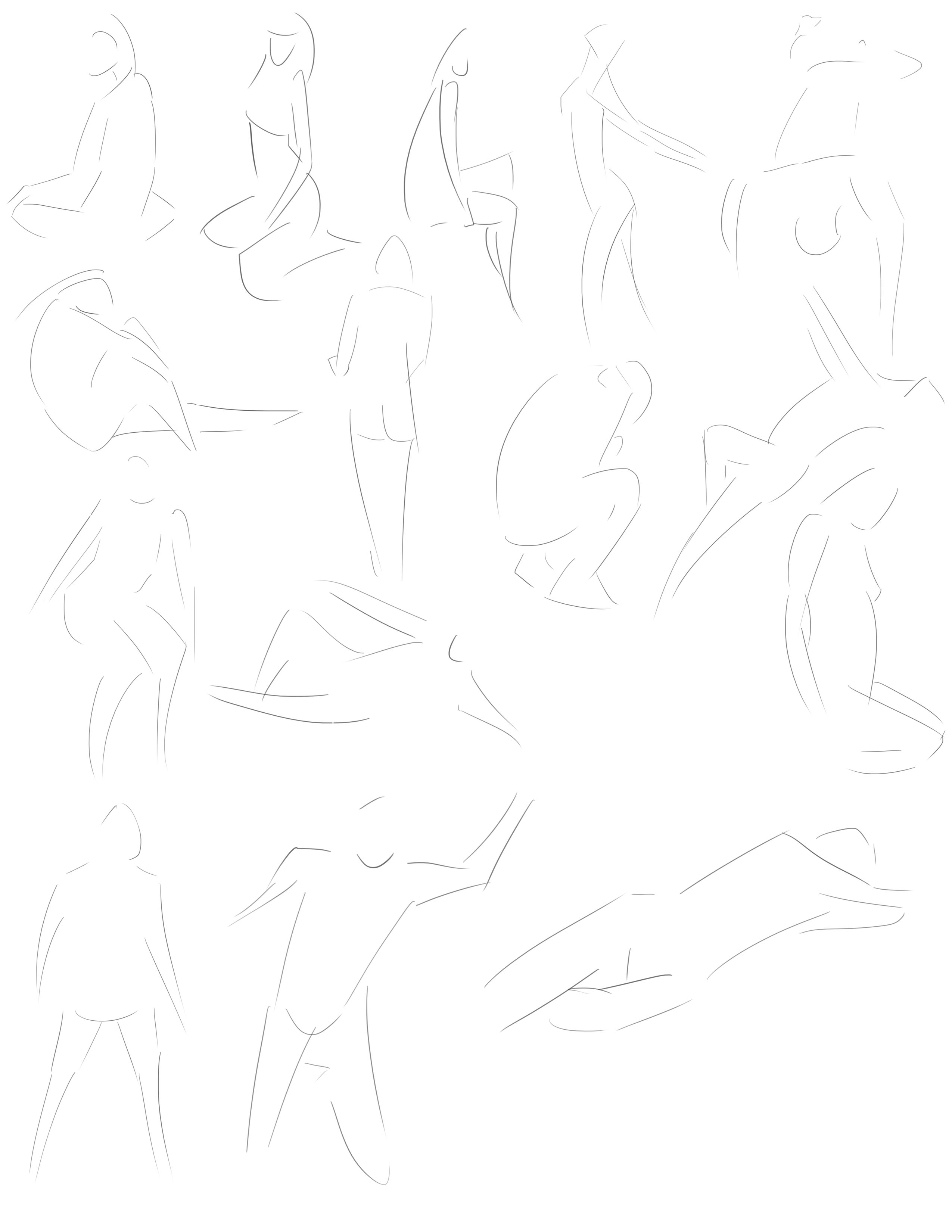


|
DeReyner's Sketchbook
|
|
06-22-2015, 08:44 AM
Some 30 second gestures as warm up.
 
06-22-2015, 08:48 AM
(06-22-2015, 06:49 AM)DeReyner Wrote:(06-21-2015, 11:24 PM)Lyraina Wrote: Good to see you work on the fundamentals! If at all possible, try doing studies like your color ball from reference (preferably life), so you can observe what happens before applying it to work from memory. If you don't have a color ball, use some fruit instead - set up a simple light source and paint that. For your color ball, the shadow side is too desaturated - if the ball is colorful, it will still be that way in the shadows. Unless it's the light source that's colored - but then the highlight wouldn't be this white. Use the styrofoam ball for studying form and shadows, and the mango for observing color. And buy some nice fruit/apple next time for color study :)
06-22-2015, 03:22 PM
Form stuff from life. Still don't really understand color theory imo. I don't really understand where complementary colors come from in studies and how to use them in shading in this particular example, maybe there is none? Is it just an effect artists use? Like so much I don't understand such as saturation and hues relating to each other. I feel like these studies just train me how to see things not understand things. I need someone to explain all this color stuffs.
 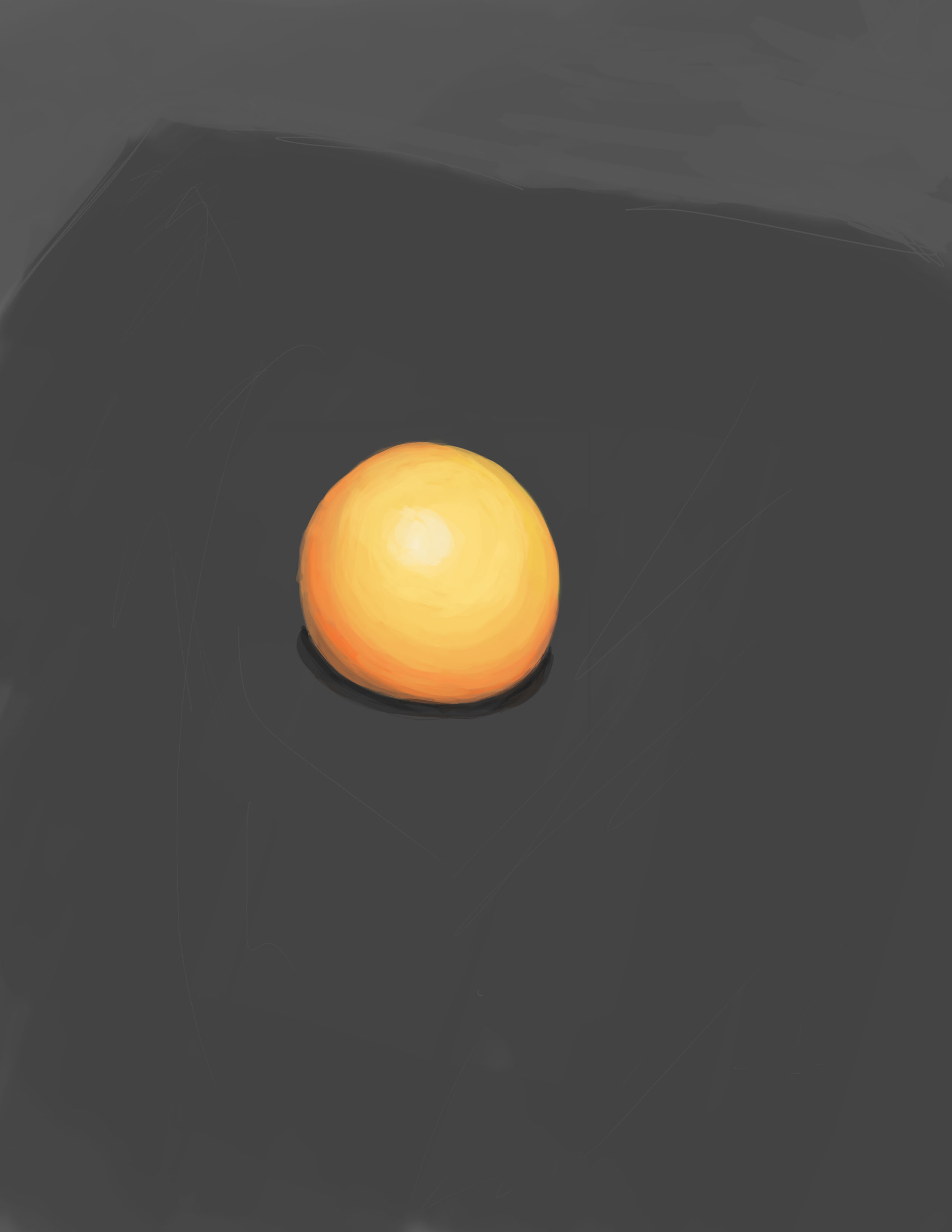
06-23-2015, 01:26 AM
Hey! Agree with Lyraina. it's better to study from life.
Any from life would help, though if you're having problems with shape and form its better to start with simple forms. For color theory there is a really good book by James Gurney, Color and Light for the Realist painter http://www.amazon.com/Color-Light-Guide-...ewpoints=1 He also has a blog where he post about painting, you could search the tags for color related posts: http://gurneyjourney.blogspot.ca/ There is also MuddyColors http://muddycolors.blogspot.fr/2015/06/h...color.html
06-26-2015, 01:55 PM

06-27-2015, 05:01 AM
Learning to paint is a combination of both - a whole lot of study (from life and master artists) and reading up on the theory behind it. The latter might not be necessary for just copying real life, but definitely helps speed along learning process, and will help to do things without perfect reference. Don’t be frustrated though if you’re not understanding things and relationships right away - it takes years and years (a lifetime, really) to master these kinds of things! Just keep up the studies, and keep asking yourself „why is this as it is?“.
As for your question about complementary colors, I’m not sure which study you are referring to… using complementary colors next to each other is something that can happen in real life, but also as a tool artists use because it looks pleasing to the eye. So they might choose to paint it even if they don’t see it, or they see it and decide to enhance the effect (artistic license!). You can sometimes see it in a situation when warm evening light illuminates an object in an outdoor setting - with blue sky above, which gets picked up in the shadow areas. I would suggest you just keep doing studies from life, and observing what others do in their work - and read up on it on the side. The Gurney book VoodooMama linked is very good and explains many different light/color scenarios. There’s also a gnomon dvd by Jeremy Vickery that’s excellent: http://www.thegnomonworkshop.com/store/p...-and-Color
07-06-2015, 02:59 PM
Haven't been posting in awhile was busy with school and finals. Also got the light and color book and been reading that.
Did some 2 minute gestures and some female studies focusing on light and forms.  
07-06-2015, 09:29 PM
Character designs I came up with.

07-08-2015, 04:01 PM
Just bought myself a sketchbook and my first set of charcoals. I've probably used charcoal once or twice back in middleschool so I'm not quite good at it yet.
These sketches I did are the first sketches I did with charcoal. I looked at a Prokopenko tutorial on hair and attempted to follow the process. The gradations from light and shadow could use some work (having bigger highlights) and I also ran into some trouble with texturing mainly because the charcoal sticks I purchased are fat and are only in one size. 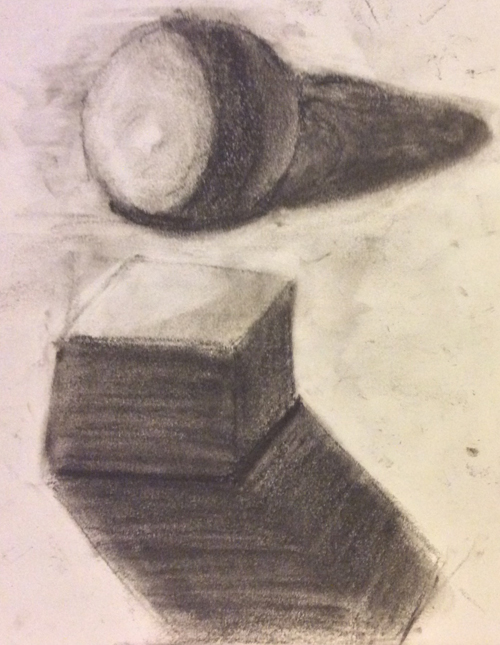.jpg) 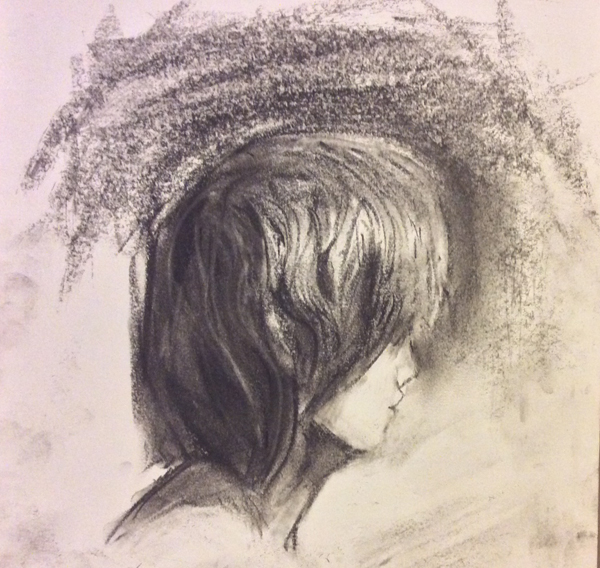.jpg)
07-11-2015, 06:46 AM
Hey, looks good so far.
I'll try and give a bit of a critique on your work so far. When drawing/sketching you have a tendency to be very, very sketchy. This isn't necessarily bad but it needs to be followed up by tightening the drawing. It may be the case that you're just working too fast. I see a lot of that and it's a habits that's hard to break. Accuracy is very important when learning. Being able to draw accurately and arrive at a nice, clean drawing becomes very very important when studying complex subjects like portraiture and anatomy and it helps a lot when you move forward into painting. Looseness is fine if you tighten your drawing later but being sloppy is a habit to be purged ;) I also think you should put a heavier focus on anatomy. You're doing a lot of figure based drawing and knowing your anatomy just makes everything 10X better. Make sure you really memorise your anatomy. I saw you do drawings of the clavicle and scapula on the previous page yet a few posts above they're really just guessed. If you clearly mark the clavicle, scapula and acromion process, drawing the torso becomes much easier. I hope I wasn't too hard on you. Keep on working hard! you're doing good :)
Discord - JetJaguar#8954
07-11-2015, 07:29 PM
(07-11-2015, 06:46 AM)Tristan Berndt Wrote: Hey, looks good so far. Yeah I do have the tendency to be sketchy which I think needs to be fixed. I think what the main problem that I face is that I tend to have a clean sketch and have long, flowy lines at the start but I tend to overwork it. As well my general inexperience and that I want to be faster which also results in the sketchiness. So yeah I've been trying to improve my linework by trying to draw more but that is still WIP. If you can suggest an exercise to "tighten" my linework that would be great. I agree, my anatomy needs work as well. I was focusing on figure drawing and gestures because a person recommended I should do it as an exercise. I will definitely incorporate more anatomy studies. Thanks for the critique, I don't really have an attachment to any of my work and actually prefer if people critique as hard as possible and point out what is wrong so no worries. I ain't butthurt at all so keep it coming. ________________________________________________________________________________________________ Below I tried to work on construction today trying to improve my perception of form and as well as my ability of blocking out and recognizing shapes. 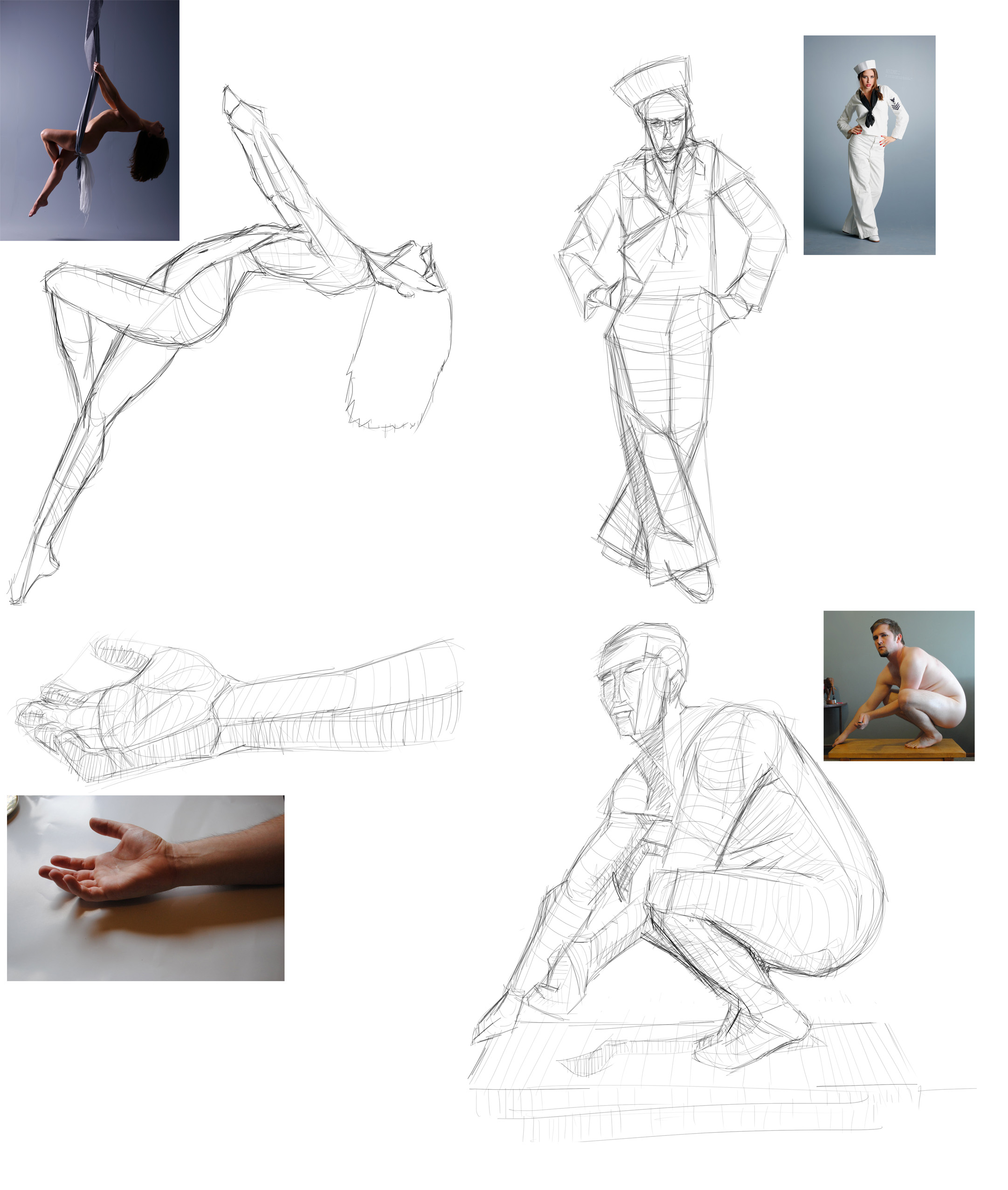
07-11-2015, 08:21 PM
Some sketches I did couple days ago.
Figure drawings referencing from a book. Original horned creature designs. Tracer from Blizzard's Overwatch designs/concepts, referenced (used a new charcoal set). A rock golem thingy (yeah lighting is sucks, was testing what I could do with charcoals). 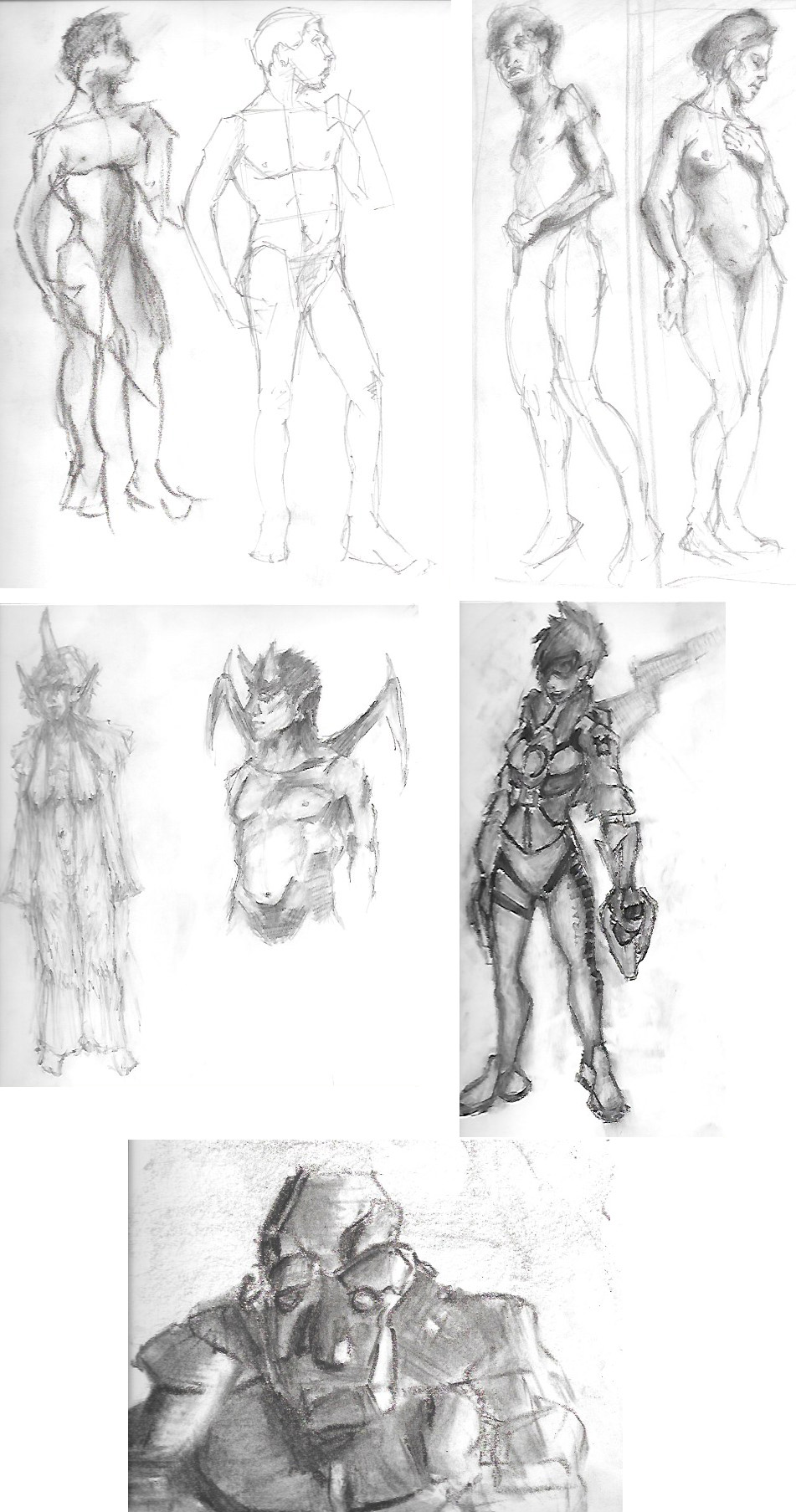
07-17-2015, 08:59 PM
Proportions and anatomy practice and studies with pencil, charcoal, on paper. Also been trying new techniques of shading.
Sorry haven't been posting, busy with summer school tests and assignments.  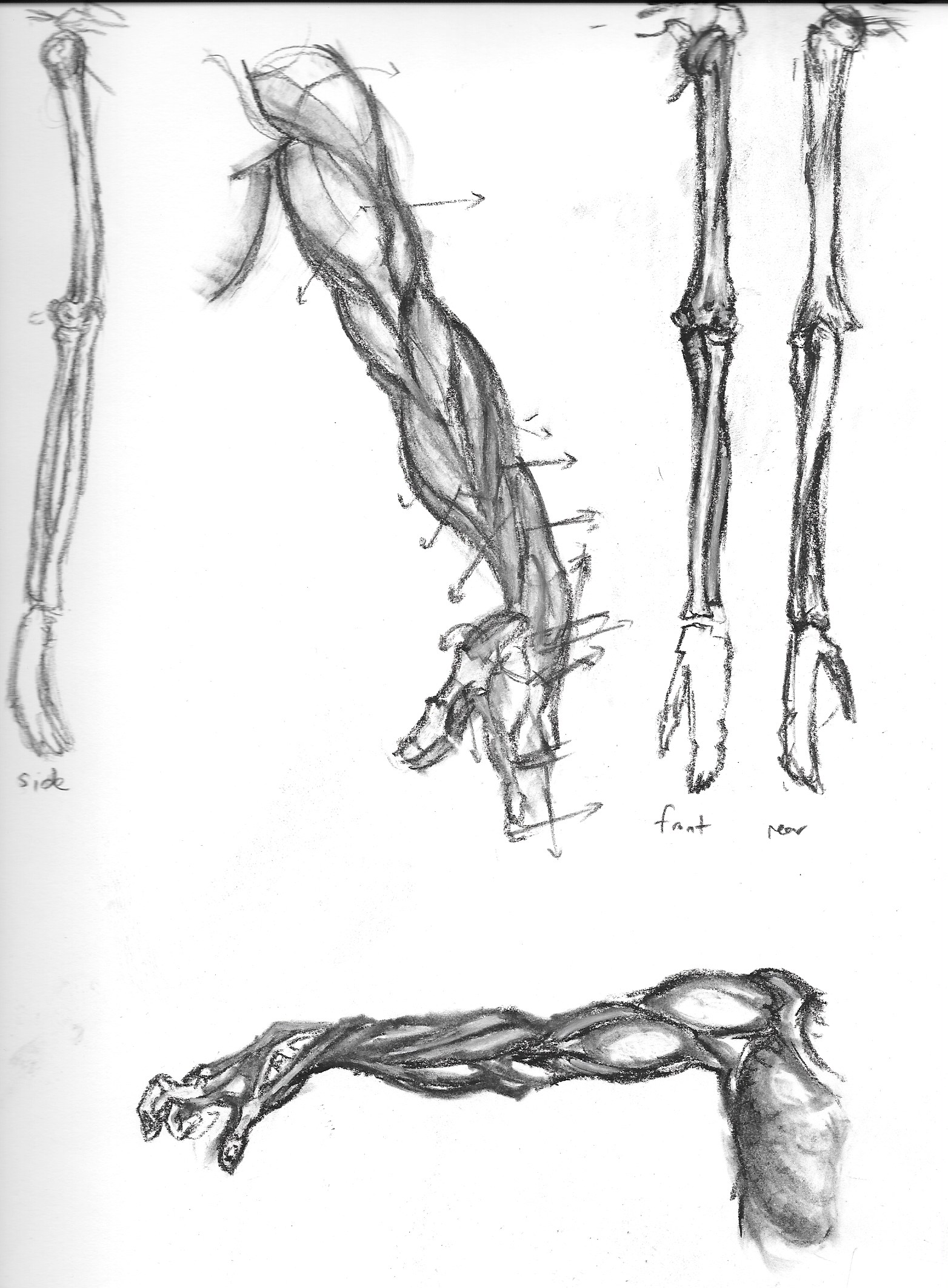
07-20-2015, 01:15 PM
Great and secondary head masses practice.

07-20-2015, 08:40 PM
Demon mage design/practice thingy. Still a number of things to work on.

07-22-2015, 08:06 PM
Just discovered Andrew Loomis today, got one of his books covering faces and hands from the library and followed his methods on construction. I can already tell that his method is already making my sketches better and faster. Still haven't covered his method of eyes, mouth, ears, etc. but will get there so they may look a bit wonky. I am still also considering some knowledge from a Burne Hogarth book from the library as well, but mostly Loomis construction method I practiced. Used charcoal on paper.
 
07-26-2015, 03:28 AM
Wow, there's a ton of improvement here! Honestly, the only thing I can say here is just what others have said: keep on studying from life and working on construction. I am noticing huge differences between those you do from memory (like your characters), and those you do from books/life/websites. Try to keep what you've worked so hard to learn, and transfer it over to what you're drawing from imagination. You got this! :D
07-26-2015, 07:05 PM
Big charcoals pretty hard to draw small things so mind those. Did some pen sketches as well. Knee studies, did humerus as well. More construction, going more in depth with while reading through the Loomis book.
Charcoals kind of shitty, used the big fat one so hard to control unless drawing something big.  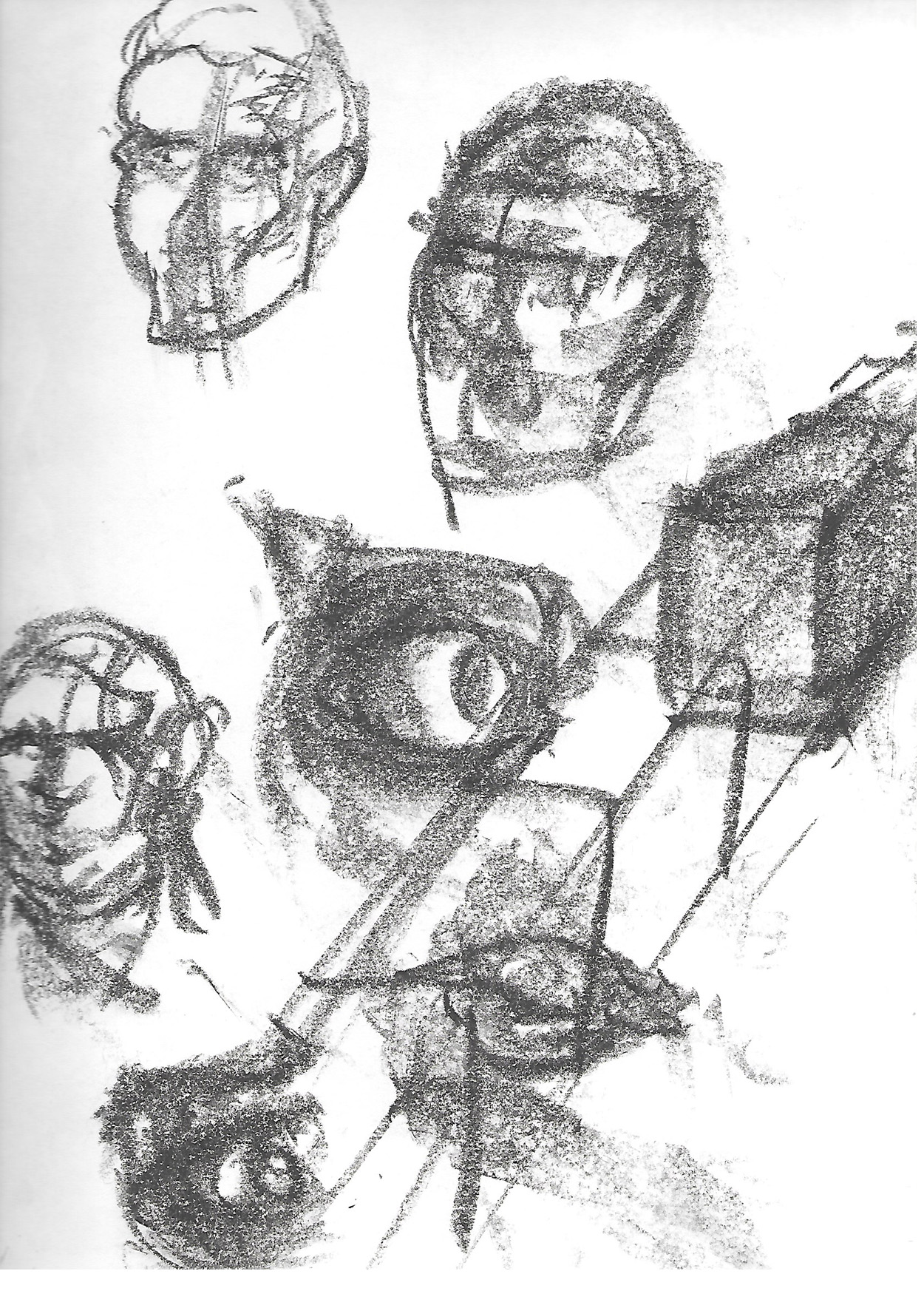      
07-27-2015, 07:31 PM
Pen studies utilizing/studying technique/shading/forms/construction/blocking-in.

08-06-2015, 02:59 PM
More Loomis head method practice and studies. Progress is going slow due to school exams atm.
 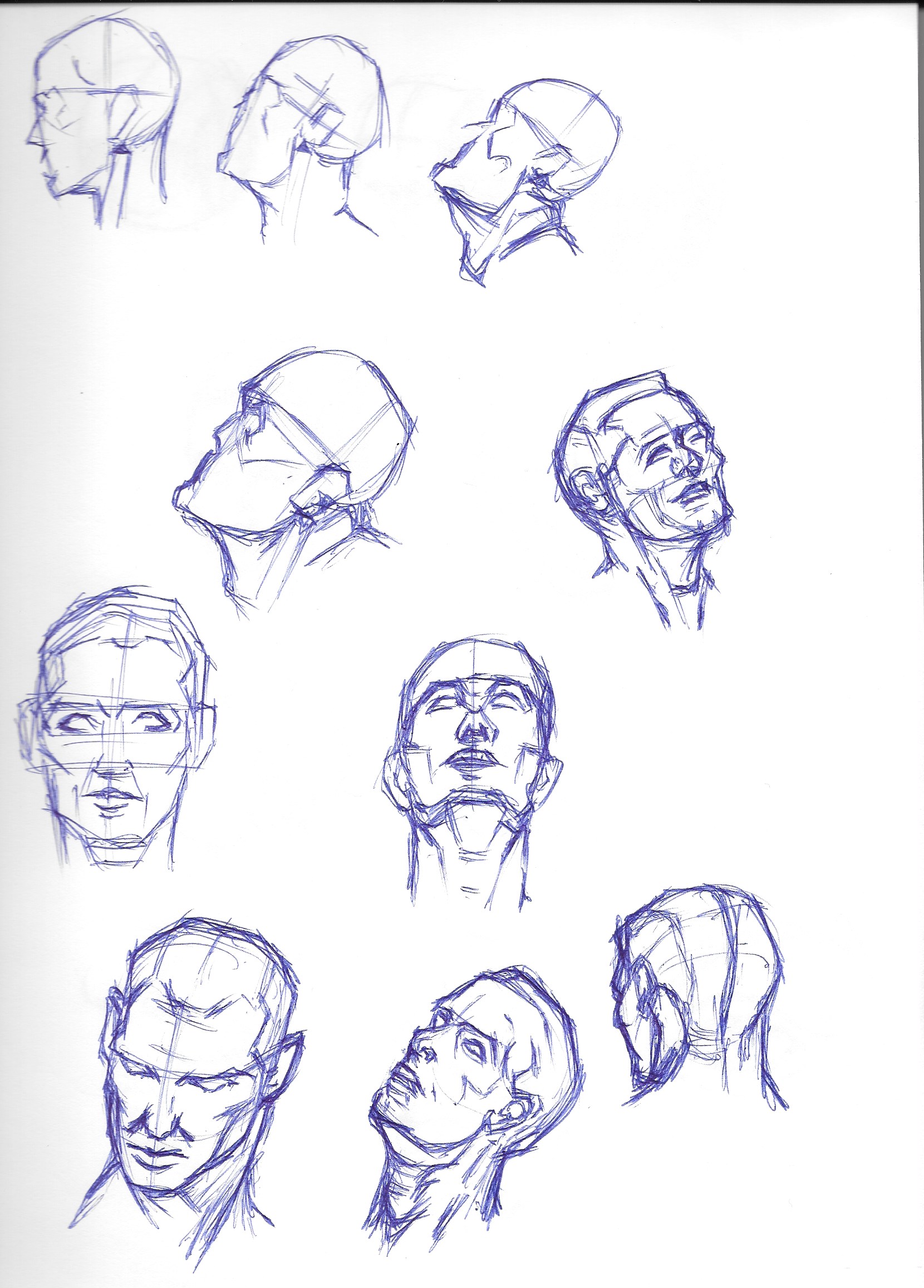  |
|
« Next Oldest | Next Newest »
|